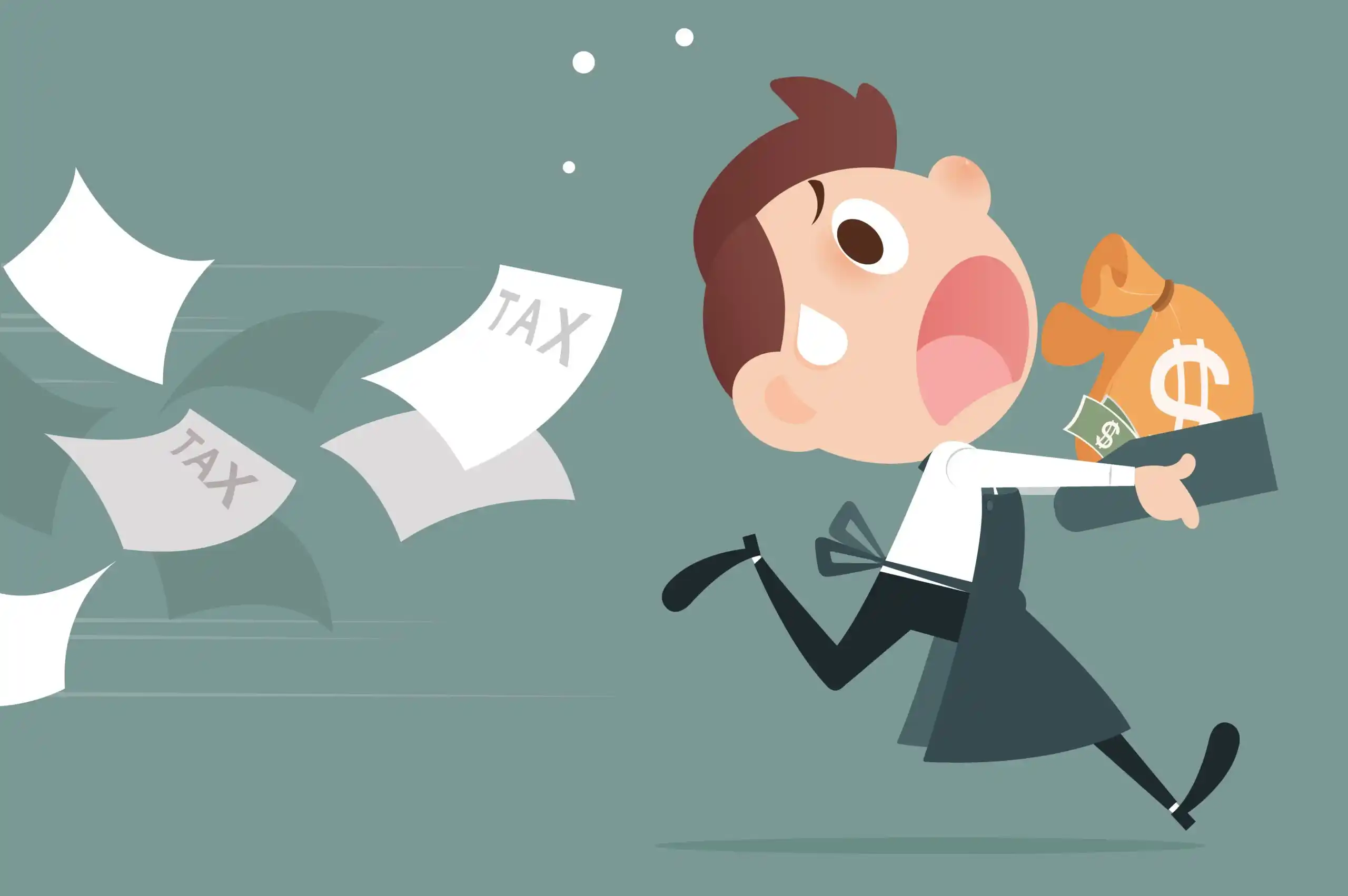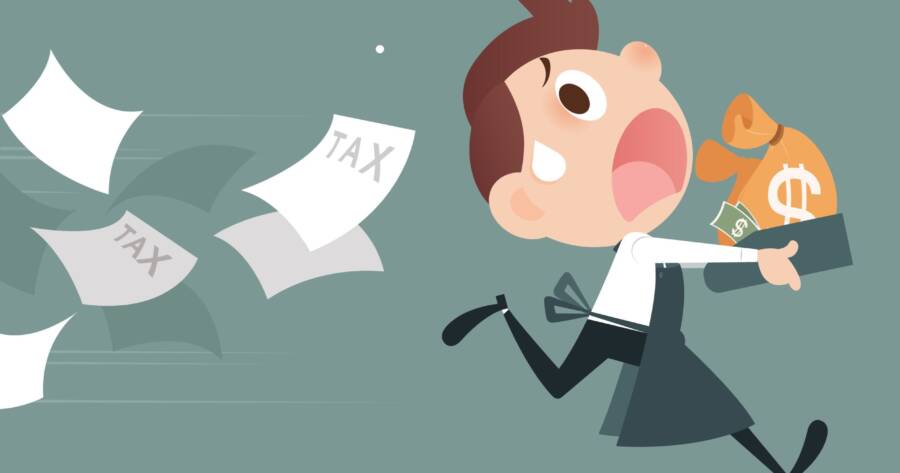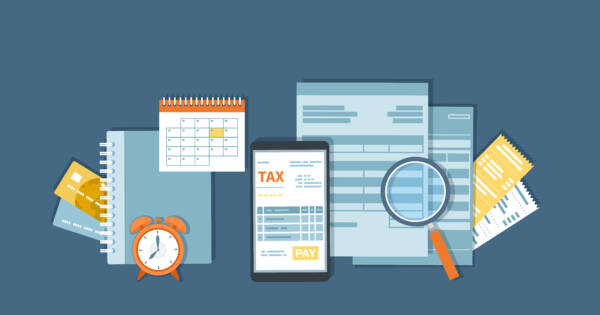You’ve probably heard the phrase before and wondered “what is tax liability?” Simply put, a tax liability is the total amount of tax owed by a person or company to the government. In short, it’s the amount of money owed to the “taxman.” Tax is owed for a lot of different reasons. It’s most commonly thought of as something you pay based on your income. It also pops up when there is a gain on the sale of an asset such as a stock or a house. Income taxes, capital gains taxes, and sales taxes are all different types of tax liabilities. If you are deemed to have no tax liability, it usually means that you don’t owe any taxes for a given year. If your income is low enough, you might not even be required to file a tax return (although you should anyway).
In this article, we look at how tax liabilities are calculated and the ways they can impact your finances.
How Taxes Work
Taxes are imposed by a variety of authorities across multiple levels of government. You could be required to pay at federal, state, and municipal levels. Governments use the tax dollars they collect to pay for services and infrastructure. Common examples of your tax dollars at work are seen in repairing roads, collecting garbage, and funding police or military forces. There are also countless other uses for the collected taxes. Individuals and businesses need to know which taxes apply to them. That’s why it’s important to figure out your rate of taxation. The amount of taxes you owe can sometimes be lowered by claiming deductions, exemptions, or credits.
Types of Taxes
One of the most common types of tax liability is the tax on earned income. Assume, for example, that you make $60,000 a year in gross income and file as a single taxpayer. When you apply the various tax brackets to that income, you have to pay 10% tax on the first $9,875, 12% on the remaining amount up to $40,125, and 22% on the rest, up to $60,000. A bit of math reveals that the federal tax owed on sixty grand is just shy of $9,000. That’s before calculating any credits or deductions that might lower your amount of taxable income. It’s also before you potential state taxes are added.
Tax liabilities include all years that an individual or company owes taxes. This means that if you owe back taxes from previous years, those are added to your current tax liability.
Whenever you buy something, you pay a sales tax. The amount varies from place to place, as it could include city, county, or state sales tax (depending where you live). For example, some states have zero sales tax. There is no federal sales tax in the U.S. either. However, in Canada there is a 5% federal sales tax on everything known as GST. In some provinces, the number is higher as provinces tack on their own sales tax too. Businesses then send these taxes directly to tax authorities, usually on a monthly or quarterly basis.
Capital Gains Taxes
When a taxpayer sells an investment such as real estate (or other asset) for a gain, they have to pay taxes on the gain that they’ve recognized. Assume, for example, that you purchased 100 shares of a stock for $10,000. Later, you sell those shares for $18,000. The $8,000 gain is taxable. The tax rate for capital gains can be different from the rates for income and sales taxes. The capital gains tax rate depends on how long you held the asset before selling. If you bought and sold the asset in under one year, this is considered a short-term capital gain and falls subject to ordinary income tax rates. These are the same tax rates that apply to your earned income.
If you sold the asset after holding for one year or longer, you pay capital gains in line with the long-term capital gains tax rate. These are more advantageous rates and can save you more on your taxes. If, for example, you sold these shares for a short-term gain and you fall in the 10% ordinary income tax bracket, you’d owe $800 in tax liability on your federal income taxes. You would have to include this calculation on your annual tax return.
If, on the other hand, you sold these shares after holding them for a year and earned below $40,400 as an individual, you would not have to pay taxes on these gains at all. This amount changes each year in line with inflation but are a way to escape paying federal income taxes on long-term capital gains
Reducing Your Liability
Tax liabilities can be significantly reduced when individuals and businesses claim tax deductions, exemptions, and credits. In some cases, you can actually end up with a tax refund after all the calculations are complete. That means you actually paid more than your liability over the tax year, and the government will send the remainder back to you.
The Bottom Line
Every person (or business) needs to understand their tax liability. After all, the only two things in life that are guaranteed are death and taxes. Knowing all the taxes that apply to you (and the rate at which you are taxed for various things) will help ensure that you remain financially healthy and solvent. It might seem that there are a lot of taxes to be paid. Or that the total amount owing is significant. Just remember that your tax liability can be reduced through deductions, exemptions, and credits. Many businesses are able to write off many of their common expenses, which also helps to further lower tax liabilities. Individuals also have a number of ways to reduce their overall tax liability.
When in doubt, consult with a certified tax expert. They can provide helpful advice on the best ways to lower your tax bill and keep your tax liabilities small. Be aware that taxes differ across the United States. Your personal tax situation will vary, depending where you live. The tax rates also change slightly if you and your partner file as a couple, or if you are designated as Head of the Household. If you’re not sure exactly how to properly figure out your tax liability, it’s best to use automated software to file your taxes or hire a professional.
 Shutterstock
Shutterstock







